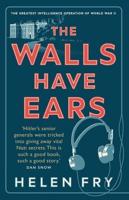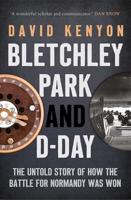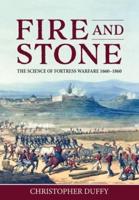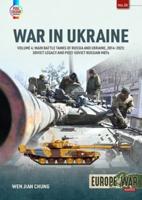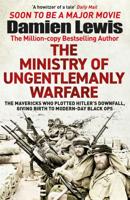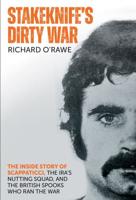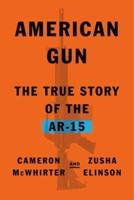Publisher's Synopsis
*Includes maps of the battle, pictures of the battlefield, and pictures of the important generals.
*Includes descriptions of Pickett's Charge written by George Pickett, James Longstreet, Porter Alexander, and some soldiers who made the charge.
*Explains Lee's strategy, Longstreet's argument, and an analysis of what went right and wrong.
*Explains the legacy of Pickett's Charge and how it got its famous name.
*Includes a Bibliography for further reading.
Despite the fact that the Civil War began over 150 years ago, it remains one of the most widely discussed topics in America today, with Americans arguing over its causes, reenacting its famous battles, and debating which general was better than others. Americans continue to be fascinated by the Civil War icons who made the difference between victory and defeat in the war's great battles.
The most famous attack of the Civil War was also one of its most fateful and fatal. Pickett's Charge, the climactic assault on the final day of the Battle of Gettysburg, has become the American version of the Charge of the Light Brigade, and it is one of the most famous events of the entire Civil War.
Having been unable to break the Army of the Potomac's lines on the left and right flank during Day 2 of the Battle of Gettysburg, Confederate Army of Northern Virginia commander Robert E. Lee decided to make a thrust at the center of the Union's line with about 15,000 men spread out over three divisions. The charge required marching across an open field for about a mile, with the Union artillery holding high ground on all sides of the incoming Confederates.
Though it is now known as Pickett's Charge, named after division commander George Pickett, the assignment for the charge was given to General James Longstreet, whose 1st Corps included Pickett's division. Longstreet had serious misgivings about Lee's plan and tried futilely to talk him out of it. Longstreet later wrote that he said to his commander, "General Lee, I have been a soldier all my life. It is my opinion that no fifteen thousand men ever arrayed for battle can take that position."
Aware of the insanity of sending 15,000 men hurtling into all the Union artillery, Lee planned to use the Confederate artillery to try to knock out the Union artillery ahead of time. Although old friend William Pendleton was the artillery chief, the artillery cannonade would be supervised by Edward Porter Alexander, Longstreet's chief artillerist, who would have to give the go-ahead to the charging infantry because they were falling under Longstreet's command. Alexander later noted that Longstreet was so disturbed and dejected about ordering the attack that at one point he tried to make Alexander order the infantry forward, essentially doing Longstreet's dirty work for him.
Unfortunately for Porter Alexander and the Confederates, the sheer number of cannons belched so much smoke that they had trouble gauging how effective the shells were. As it turned out, most of the artillery was overshooting the target, landing in the rear of the Union line. Reluctant to order the charge, Longstreet commanded Porter Alexander to order the timing for the charge. As Longstreet and Alexander anticipated, the charge was an utter disaster, incurring a nearly 50% casualty rate and failing to break the Union line.
Pickett's Charge: The History and Legacy of the Civil War's Most Famous Assault profiles the history, context, and command decisions that all culminated in the most famous charge in American history. It also includes analysis of what went right and wrong, as well as what the major participants wrote about the charge. Along with maps and pictures of important people and places, you will learn about Pickett's Charge like you never have before, in no time at all.

